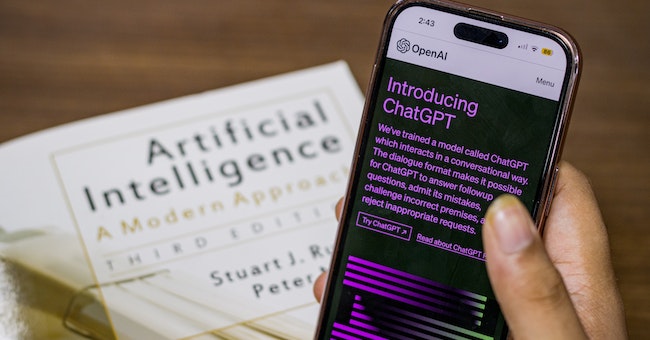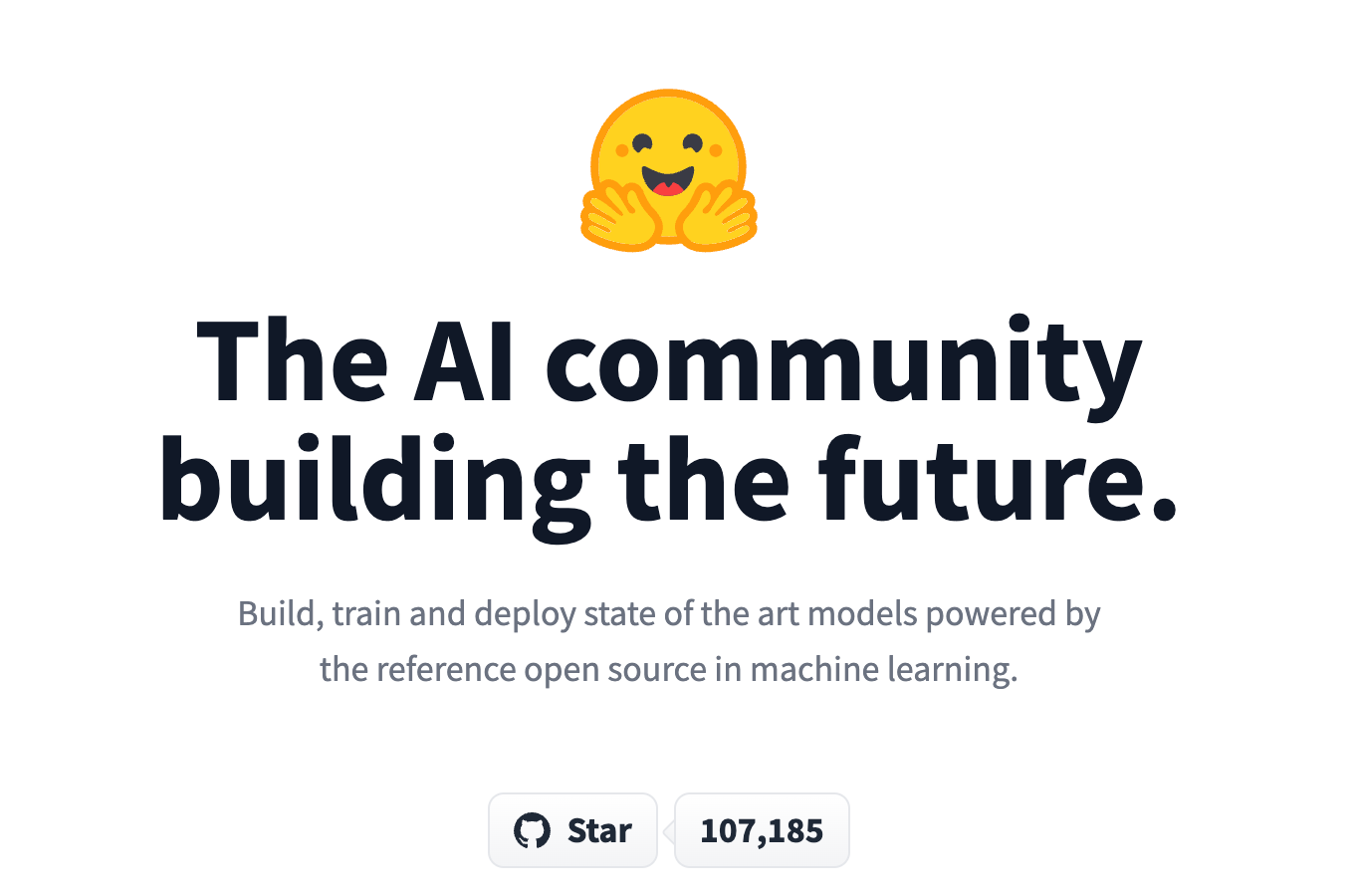Unlocking the Potential of ChatGPT: Exploring Its Use Cases

Introduction
In the dynamic field of natural language processing (NLP), ChatGPT has emerged as a game-changing technology with significant implications. Leveraging the power of advanced AI algorithms, ChatGPT has garnered substantial interest and adoption across various industries and domains. This article will provide an in-depth exploration of ChatGPT's use cases, highlighting its significance in transforming customer support, content generation, virtual assistants, and more.
Overview of ChatGPT
At its core, ChatGPT is a sophisticated language model that harnesses the underlying power of GPT-3.5, a state-of-the-art NLP model. This cutting-edge technology enables ChatGPT to generate text responses that closely resemble human-like interactions. Through an extensive training process, involving exposure to vast amounts of data, ChatGPT has acquired the ability to understand context, respond intelligently, and engage in meaningful conversations.
Customer Support and Service
How ChatGPT can be utilized for customer support
Customer support plays a crucial role in ensuring customer satisfaction and maintaining strong relationships with clients. ChatGPT, with its ability to understand and generate human-like responses, can be utilized effectively in providing round-the-clock assistance to customers. Here's how ChatGPT can be utilized for customer support:
24/7 Availability: ChatGPT can be deployed on various communication channels such as websites, mobile apps, and messaging platforms, allowing customers to seek assistance at any time of the day. This ensures round-the-clock availability, enhancing customer satisfaction.
Quick Response Times: ChatGPT can analyze customer queries and provide instant responses, significantly reducing wait times. It can handle multiple conversations simultaneously, ensuring that customers receive prompt assistance without long delays.
Scalability: ChatGPT can handle a high volume of customer queries simultaneously, making it highly scalable. This is particularly useful during peak times or when experiencing a sudden surge in customer inquiries, as it can efficiently handle increased demand.
Cost-effectiveness: Implementing ChatGPT for customer support can be cost-effective compared to hiring and training a large team of support agents. While human agents are still necessary for complex or sensitive issues, ChatGPT can handle a significant portion of routine inquiries, reducing the workload on support teams and allowing them to focus on more complex tasks.
Multilingual Support: With its language processing capabilities, ChatGPT can provide support in multiple languages, catering to a diverse customer base. This expands the reach of customer support and enhances the overall customer experience.
Real-World Examples and Success Stories
Lemonade: Lemonade, an insurance company, has successfully implemented ChatGPT for customer support. They integrated a chatbot named "Maya" into their website and app to assist customers with policy-related queries, claims processing, and general assistance. Maya's availability 24/7 has improved response times and customer satisfaction.
Mastercard: Mastercard has utilized ChatGPT-powered chatbots to provide customer support on their website. The chatbot handles a wide range of inquiries, including card activation, transaction disputes, and account information. The implementation has resulted in faster response times and reduced support costs.
Doordash: Doordash, a food delivery platform, has deployed ChatGPT to assist customers with order tracking, delivery status, and general inquiries. By using chatbots powered by ChatGPT, they have improved customer support availability and reduced the load on their support team during peak hours.
These examples demonstrate how companies have successfully leveraged ChatGPT for customer support, benefiting from its scalability, cost-effectiveness, and quick response times. However, it's important to note that while ChatGPT can handle many routine inquiries, there are cases where human intervention may still be necessary, especially for complex or sensitive issues.
Content Generation and Writing Assistance
The ability of ChatGPT to generate content has opened new horizons for writers and content creators. By leveraging its AI capabilities, ChatGPT has proven invaluable in generating high-quality content for various purposes, such as blog writing, copywriting, and creative writing. It saves time, overcomes writer's block, and provides a continuous stream of ideas and inspiration. Individuals and businesses have utilized ChatGPT to streamline their content creation process, resulting in engaging and informative articles that captivate audiences and drive organic traffic.
Examples of ChatGPT utilization for content creation:
Grammarly: Grammarly, a popular writing assistant platform, has integrated ChatGPT's capabilities to provide additional writing suggestions and enhancements to their users. The AI-powered writing assistant offers real-time suggestions for grammar, style, clarity, and tone, helping writers improve their content.
HubSpot: HubSpot, a marketing software company, has utilized ChatGPT to aid in generating blog post ideas. By providing relevant keywords and topics, writers can receive suggestions and outlines for their blog posts. This feature helps content creators overcome writer's block and produce engaging articles.
The Washington Post: The Washington Post, a prominent news organization, has experimented with using ChatGPT to generate automated article summaries. By analyzing the main points of an article, ChatGPT can generate concise and accurate summaries, providing readers with a quick overview of the content.
Virtual Assistants and Personalized Experiences
The realm of virtual assistants and chatbots has witnessed a significant transformation with the integration of ChatGPT. These AI-powered conversational agents simulate human-like conversations, understanding user queries and providing personalized experiences. ChatGPT's ability to learn and adapt to user preferences allows virtual assistants to cater to individual needs, enhancing user interactions, and creating seamless conversational experiences. From customer service chatbots to personal assistants, ChatGPT has revolutionized the way we engage with automated systems.
Google Assistant: Google Assistant, a widely used virtual assistant, has integrated ChatGPT to improve its conversational abilities. By leveraging ChatGPT's language processing capabilities, Google Assistant can understand and respond to user queries more effectively, providing personalized and contextually relevant information.
OpenTable: OpenTable, an online restaurant reservation platform, has incorporated ChatGPT into its chatbot to enhance the booking experience. The chatbot powered by ChatGPT can understand user preferences, suggest suitable restaurants, and provide personalized recommendations based on the user's dining history and preferences.
Lyft: Lyft, a ride-sharing company, has utilized ChatGPT in its chatbot to provide personalized customer support. The chatbot can understand user inquiries, assist with ride bookings, and address customer concerns, ensuring a more tailored and efficient support experience.
Conclusion
The use cases explored in this article merely scratch the surface of ChatGPT's transformative potential. Its applications span customer support, content generation, language translation, virtual assistants, and more. As ChatGPT continues to evolve and improve, we can envision a future where AI-powered conversational agents seamlessly integrate with our daily lives, enhancing productivity, communication, and user experiences. The journey towards unlocking the full potential of ChatGPT is an exciting one, offering countless possibilities for innovation and growth in various domains and industries.





